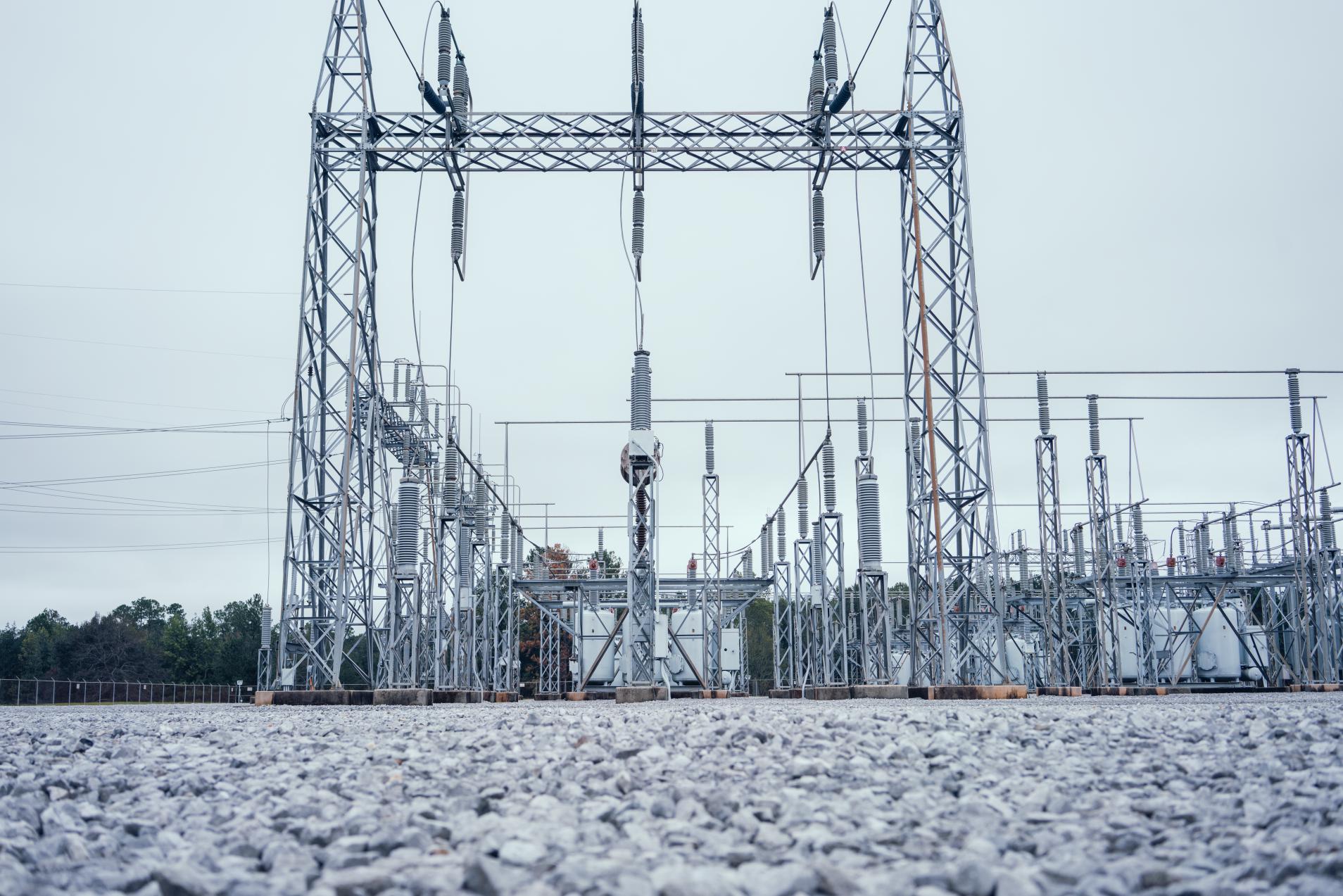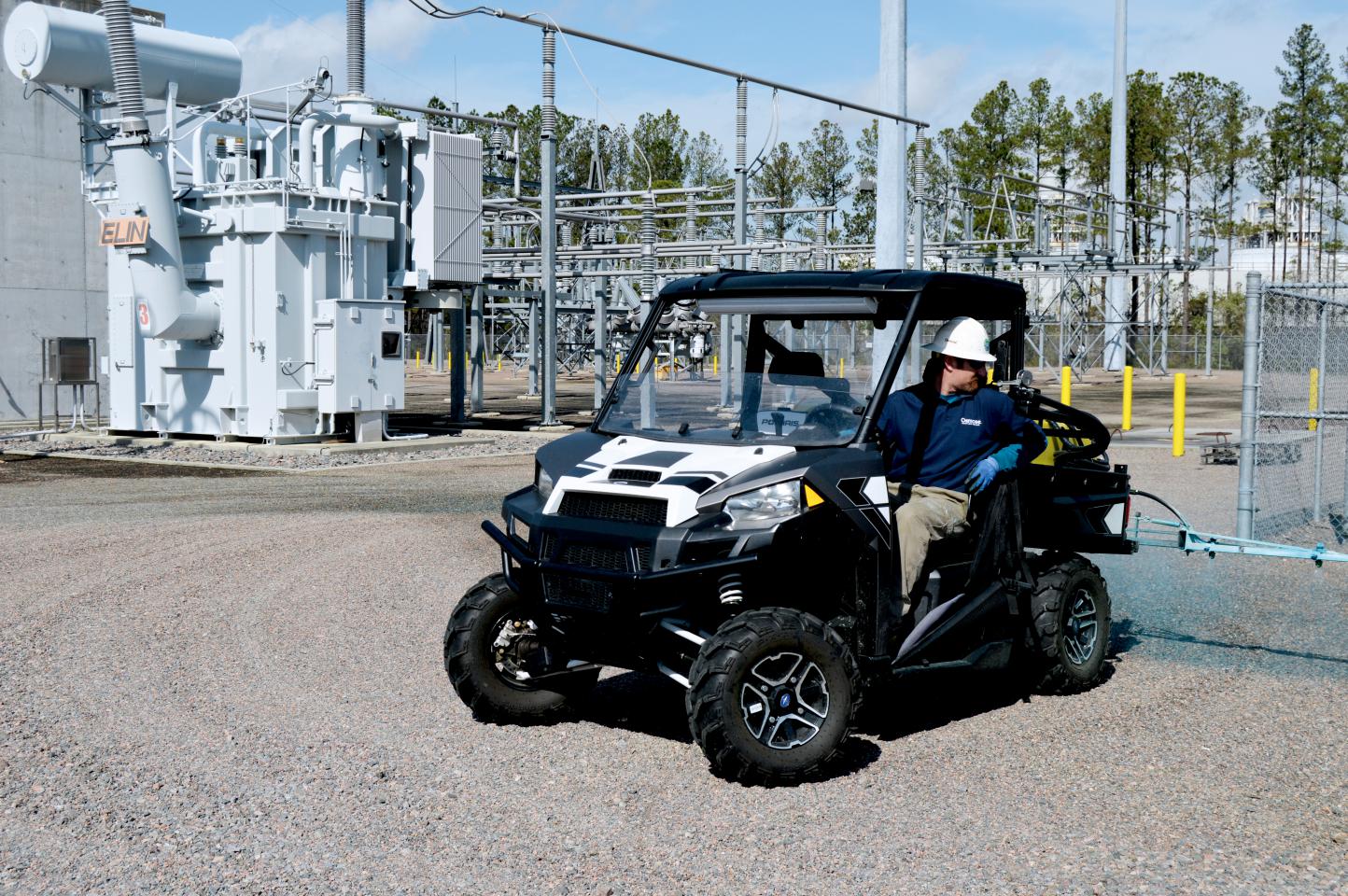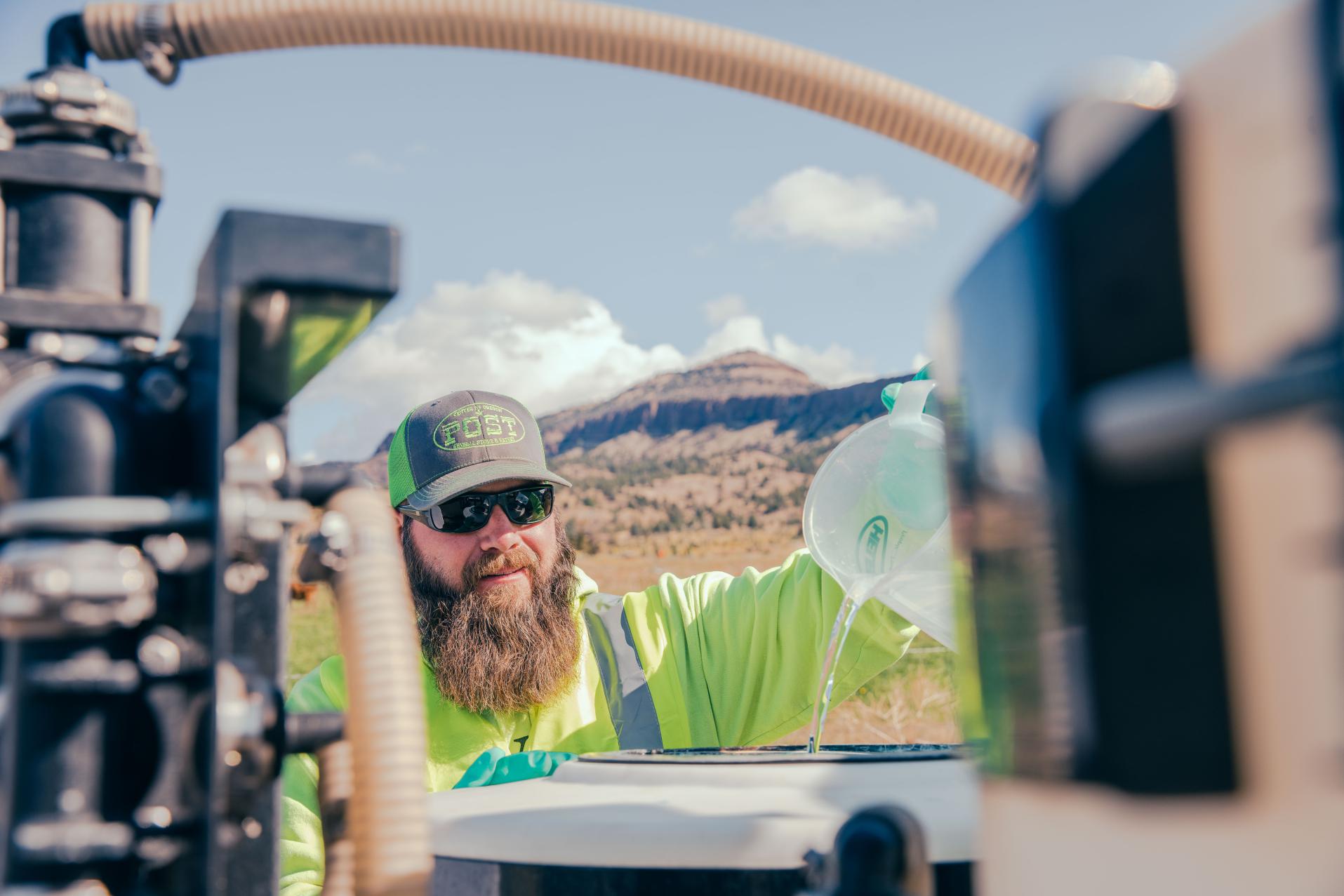As a utility vegetation manager, you understand the importance of keeping substations and areas around wooden poles vegetation-free. Low-growing plants may seem harmless in some cases, but they can harbor fearless rodents and critters whose curiosity can lead to equipment damage and lapses in electrical service.
Failing to achieve total vegetation control (TVC) in these areas also can lead to weed infestations and recurring maintenance requirements that quickly deplete annual resources. That’s what makes bareground results essential for utility companies and their contract partners. By effectively controlling plants before and after they emerge each year, vegetation managers can avoid costly setbacks and safeguard the integrity of utility infrastructure.

Certain chemical control strategies can help vegetation managers achieve and maintain bareground results wherever TVC is required. As a result, these best management practices can reduce retreatment costs, protect transportation infrastructure and increase productivity for utility vegetation management professionals, who are often asked to do more with less each year.
The following guidelines can help industry practitioners make the most of herbicide treatments and enhance results for TVC programs:
- Know When To Apply
Herbicide treatments can help vegetation managers achieve bareground results at different times of the year. While preemergence applications are recommended from late winter to early spring, postemergence herbicide treatments can be applied in the spring after weeds start growing.
Cooler temperatures in the fall also can stimulate the emergence and germination of winter annuals. This makes fall-timed TVC treatments an effective approach to:
- Establish preemergence barriers
- Enhance control of lingering summer annuals and perennials
- Balance applicator workloads
- Reduce exposure to crops or other sensitive areas
The use of ground equipment featuring standard commercial sprayers and nozzles designed to deliver a recommended spray pressure and volume is suitable for most applications. Otherwise, backpack sprayers also can be used to complete postemergence spot treatments.

- Don’t Settle for Generic Products
Less-effective herbicides may allow vegetation managers to treat at a lower cost per acre, but these options tend to offer shorter treatment cycles. Since the use of generic herbicide products often lead to shorter treatment cycles and recurring maintenance requirements that increase skilled labor needs, TVC programs should consider the benefits of using top-tier chemistries.
For example, Piper® EZ herbicide is a new suspension concentrate liquid formulation offered by Corteva Agriscience that serves as an excellent tool for TVC throughout substations and other noncrop sites. At a use rate of 16 to 20 ounces per acre, Piper EZ can maintain activity on EPSP synthase-resistant weeds, such as glyphosate-resistant Italian ryegrass.
This new formulation is powered by two active ingredients, which helps utility vegetation managers knock back undesirable plant species and prevent the emergence of germinating seedlings throughout the growing season. This refined activity can deliver results and cost savings rivaled by few products on the market, further emphasizing the important role product selection plays in a program’s success.
- Combat Weed Resistance
Plants targeted with herbicide applications are likely to show signs of herbicide tolerance over time. Simply using more product to effectively control undesirable vegetation may seem like a good idea — but industry professionals should resist the temptation. Any vegetation that survives treatments at increased use rates will produce equally resistant plants, which is destined to increase maintenance costs from one treatment cycle to the next.

Instead, vegetation managers should rotate new chemistries into their planned treatment cycles. Doing so can help applicators maintain effective control of incompatible vegetation, combat weed resistance, and reduce the amount of herbicide used each year. As a result, this continuous rotation of herbicide tank mixes can introduce new modes of action that strengthen the efficacy and cost efficiency of roadside TVC programs.
For instance, Piper EZ herbicide can provide preemergence control of select grasses and broadleaf weeds. However, the addition of tank-mix partners, such as TerraVue® herbicide from Corteva Agriscience, can broaden the spectrum of control after weeds emerge early in the year, resulting in post-emergence activity that optimizes year-round results.
In addition to impacting your ability to maintain lower application use rates, the products and treatment options you use can significantly influence the efficacy and cost efficiency of your TVC program. Using these best management practices to achieve bareground results also can increase your operational freedom, which allows you to prioritize work and resources for at-risk sites or other programmatic needs.
To learn more about industry-leading products and TVC strategies that help vegetation managers deliver long-lasting results, enhance safety and improve cost efficiency, visit BetterBareground.com.



